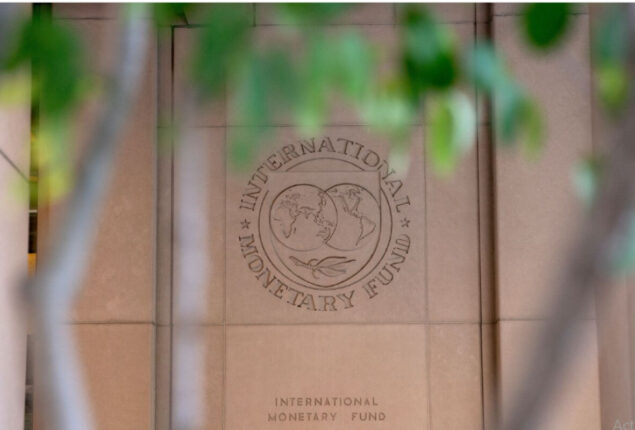Sri Lankans regrets Independence Day pomp
Sri Lankans protest against military parade to honor independence from British colonial...

Sri Lanka receives a $3 billion IMF bailout
The International Monetary Fund (IMF) has approved a $3 billion (£2.4 billion) bailout for Sri Lanka, which is facing its worst economic crisis since independence.
The agreement, which has been in the works for about a year, is a lifeline for the country, which has billions of dollars in loans.
According to Foreign Minister Ali Sabry, the government plans to raise funds by restructuring state-owned enterprises and privatizing the national airline.
Analysts, however, warn that Sri Lanka faces a difficult road ahead.
The epidemic, rising oil prices, populist tax cuts, and more than 50% inflation have all had a significant impact on the country’s economy.
A lack of medications, fuel, and other necessities also contributed to record-high living costs, sparking widespread riots that ousted the ruling administration in 2022.
As a result, for the first time in its history, the government defaulted on its debts to international lenders in May.
“We have lived beyond our means. Whether we like it or not, these difficult measures which may be very unpopular need to be taken,” Mr. Sabry said in an interview before the funding was announced.
“Luckily, most [people] other than politically-motivated unions have understood that. I know they are not happy, but they also understand we have no choice,” Mr. Sabry added.
The country imposed income taxes on professionals earlier this year, ranging from 12.5% to more than 36%.
It also increased other levies to fund necessary purchases such as fuel and food.
This is in stark contrast to the big tax cuts former Sri Lanka president Gotabaya Rajapaksa introduced in 2019, which lost the government income of more than $1.4bn (£1.14bn) a year.
Andrew Wood, an analyst at S&P Global Ratings, stated: “Sri Lanka still has a long way to go before it can consolidate its government financial sheet, achieve steady economic development, and achieve external stability.
“We expect the economy to contract again in 2023, albeit at a more modest pace, before returning to growth in 2024.”
The IMF announced earlier this month that Sri Lanka has received finance commitments from all of its key creditors, including China and India, paving the path for the bailout.
Mr. Sabry said it was “a little early” to speculate on whether China, Sri Lanka’s largest bilateral lender, might consider canceling part of the country’s loans.
“We have the will to pay, but we don’t have the capacity to pay. What we are now trying to do is get that capacity back,” he said.
“That’s going to be a very difficult and serious discussion.”
The Sri Lankan government had planned to reach an agreement with China and India on a new payment arrangement by the end of 2022.
Sri Lanka is owed approximately $7 billion (£5.71 billion) by China, whereas India is owing approximately $1 billion (£820 million).
Catch all the Sri Lanka News, World News, Breaking News Event and Latest News Updates on The BOL News
Download The BOL News App to get the Daily News Update & Follow us on Google News.